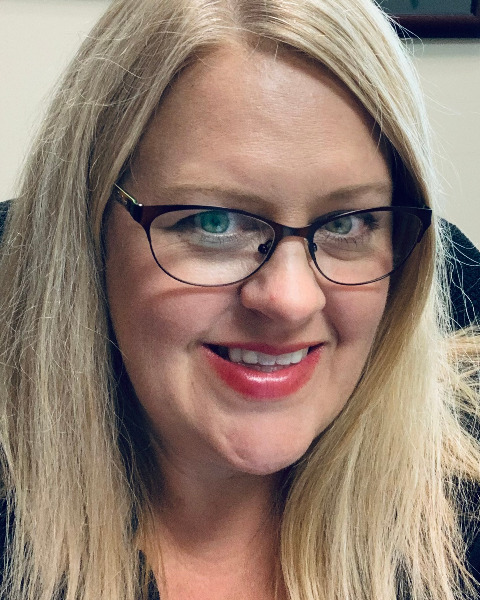Education
Applied Learning Pedagogy: Journey to Patient Safety Escape Room
Friday, June 16, 2023
4:30 PM - 5:15 PM EDT
Location: Ballroom A

Charlotte Elise Thompson, RN, PhD
RN-BSN Program Coordinator, Associate Professor
UNCW
Wilmington, NC, United States- LL
Lawone J. Lane, DNP, MSN, RN, CNE
Assistant Clinical Professor
UNCW
Southport, NC, United States
Lead Author(s)
Co-Author(s)
Disclosure(s):
Charlotte Elise Thompson, RN, PhD: No financial relationships to disclose
Lawone J. Lane, DNP, MSN, RN, CNE: No financial relationships to disclose
Abstract : Abstract
Introduction
Nursing students must implement patient-safety measures in the clinical setting. Simulation is used to teach patient safety, but novice nursing students may have anxiety with this learning method. Escape rooms allow students to solve puzzles or find clues adding gamification that may be less intimidating.
Methods
One-hundred-seventy first-semester nursing students participated in a patient safety applied learning experience incorporating preparation, prebrief, an escape-room simulation, debrief using Debriefing for Meaningful Learning, and reflection as part of their Fundamentals course work. Kolb’s Experiential Learning Theory supports this learning innovation. Students completed patient-safety-focused intentionality and post-intervention journals. Student journals were analyzed for themes. Eleven students completed the optional NLN Student Satisfaction and Self-Confidence in Learning tool (NLNSS), a 13-item instrument using a five-point scale (Cronbach's alpha: satisfaction = 0.94; self-confidence = 0.87).
Results
Intentionality-journals themes were teamwork, critical thinking skills, prioritizing nursing interventions, improving communication skills, providing quality patient care, and preparation for real-life skills. Reflections post-intervention themes were teamwork, easy-to-make mistakes, fun activity, improved confidence, focus on gaps in patient care, and the crucial role of nurses in patient safety. Mean scores for most items on the NLNSS were > 4.0 on a 5-point scale with the highest-rated item being “I enjoyed how my instructor taught the simulation.”
Conclusion
Students found this learning activity enjoyable and beneficial to achieve patient safety learning objectives. Escape-room applied learning activities should be considered in nursing education; further research is needed to evaluate the efficacy of these activities.
Introduction
Nursing students must implement patient-safety measures in the clinical setting. Simulation is used to teach patient safety, but novice nursing students may have anxiety with this learning method. Escape rooms allow students to solve puzzles or find clues adding gamification that may be less intimidating.
Methods
One-hundred-seventy first-semester nursing students participated in a patient safety applied learning experience incorporating preparation, prebrief, an escape-room simulation, debrief using Debriefing for Meaningful Learning, and reflection as part of their Fundamentals course work. Kolb’s Experiential Learning Theory supports this learning innovation. Students completed patient-safety-focused intentionality and post-intervention journals. Student journals were analyzed for themes. Eleven students completed the optional NLN Student Satisfaction and Self-Confidence in Learning tool (NLNSS), a 13-item instrument using a five-point scale (Cronbach's alpha: satisfaction = 0.94; self-confidence = 0.87).
Results
Intentionality-journals themes were teamwork, critical thinking skills, prioritizing nursing interventions, improving communication skills, providing quality patient care, and preparation for real-life skills. Reflections post-intervention themes were teamwork, easy-to-make mistakes, fun activity, improved confidence, focus on gaps in patient care, and the crucial role of nurses in patient safety. Mean scores for most items on the NLNSS were > 4.0 on a 5-point scale with the highest-rated item being “I enjoyed how my instructor taught the simulation.”
Conclusion
Students found this learning activity enjoyable and beneficial to achieve patient safety learning objectives. Escape-room applied learning activities should be considered in nursing education; further research is needed to evaluate the efficacy of these activities.
Learning Objectives:
- Describe applied learning experiences incorporating the combination of traditional simulation with escape rooms.
- Discuss the benefits of traditional simulation and escape rooms in learning patient safety.
- Examine the experience of first-semester nursing students with an applied learning activity incorporating traditional simulation with an escape room to learn patient safety.
